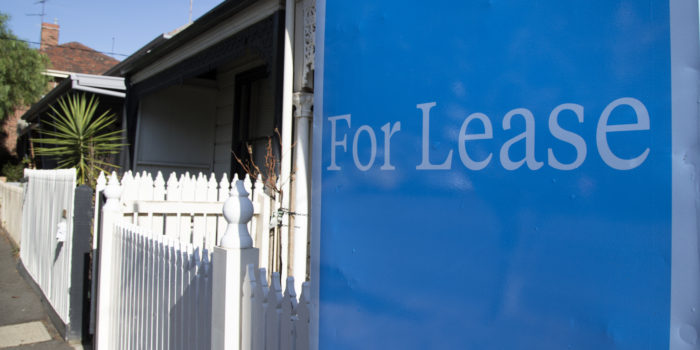What is the difference between ‘wear and tear’ and ‘damage’?
It’s a conundrum faced by many landlords, agents and tenants, but why is it so confusing?
Well, it is because there’s a very fine line been the different types of damage.
Let us break it down for you…
Story: propertyupdate.com.au
What is wear and tear?
 Normal wear and tear is damage that naturally occurs over time in an investment property due to use and ageing.
Normal wear and tear is damage that naturally occurs over time in an investment property due to use and ageing.
It typically results from the tenant’s day-to-day use of the property, like walking on the floors and using the benchtops.
It can also simply be the result of the property getting older and being exposed to natural forces, such as gutters rusting from rain or timber window frames fading in the sun.
Wear and tear is something that just happens over time with normal use of the property – something that has not been caused intentionally, or by misuse or abuse.
Because wear and tear is expected and considered normal depreciation, it is not covered by landlord insurance.
And, what is damage?
Damage is caused by tenants and isn’t caused by ageing.
It is typically the result of negligence, carelessness or abuse.
Insurers generally recognise three types of tenant damage:
1. Accidental – the result of sudden, unexpected or unforeseen events (such as wine spilled on carpets).
2. Malicious – caused on purpose with intent to do harm, motivated by vindictiveness or spite with the aim of damaging the property (such as punching a hole through a door).
3. Intentional – the result of an act carried out without permission but without malice, and with the full knowledge the action will alter the current state of the property (putting picture hooks in walls or painting a wall a different colour).
Cover for these three types of damage varies between insurers, with most excluding at least one type. EBM RentCover provides cover for all three types of damage.
In a nutshell
A basic way to determine if something is wear and tear or damage is to decide if it is something likely to happen gradually over time, based on the normal daily use of a residential home (wear and tear), or something that has been damaged due to carelessness or abuse (tenant damage).
Here are some examples of what is normal wear and tear (and the landlord’s responsibility) and what is damage (and the tenant’s responsibility):
| Type of material | Normal wear and tear | Tenant damage |
|---|---|---|
| Carpet | Gently worn, flattened or moderately dirty (especially in high traffic areas) | Stains, rips or burn marks and water stains due to overflowing baths or pot-plants |
| Hardwood flooring | Fading due to sunlight or minor scratches | Badly scratched and gouged wooden floors and water stains |
| Benchtops | Scratches and light watermarks | Chipped, burnt, multiple stains or scratches/indents due to cutting and preparing food on the surface without using a chopping-board |
| Paint | Fading due to sunlight and minor scuffing from daily use | Drawings or crayon markings and stains from Blu-Tac or sticky tape |
| Tiling | Light scratches and dirty grout | Broken, chipped or missing tiles |
| Windows | Lightly scratched glass and worn, loose hardware | Broken glass, ripped screens and broken hardware |
| Walls | Cracks caused by settling and dents from doorknobs | Holes and damage from hanging pictures |
Who is responsible?
 Fair wear and tear is a cost of doing business that landlords should expect.
Fair wear and tear is a cost of doing business that landlords should expect.
Repairing or replacing worn fittings and fixtures is the responsibility of the owner.
Unless a contract states otherwise, tenants are not responsible for paying for fair wear and tear to a property.
It’s only when the tenant has been irresponsible, and accidentally or intentionally caused damage to a home, that they are liable to pay for repairs (either directly or have the expense deducted from their bond).
The bottom line
Disagreements about wear and tear vs. damage frequently occur between landlords/agents and tenants, so it’s important to make sure the condition of the premises is well documented and updated at the time of moving in, during inspections and upon moving out.



